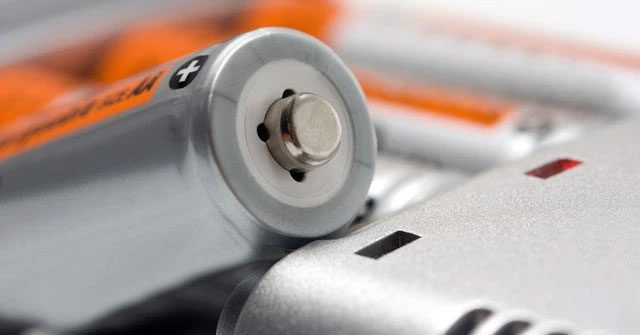Continuing a breakthrough that could accelerate the development of technology.
According to scientific experts, finding a substitute for lithium and cobalt in lithium-ion batteries will have a positive impact on the environment. To achieve this significant goal, researchers at the University of Texas have recently developed a new type of battery made primarily from sodium, notable for its stability and fast charging speed comparable to lithium-ion batteries.
This new battery has the potential to discharge a greater amount of energy than the lithium-ion battery technology we currently have.

In sodium batteries, the anode can generate dendrite fibers.
Batteries can generate electricity thanks to ions moving between two electrodes. In sodium batteries, the anode can produce dendrite fibers, which are “roots” that spread inside the battery and can cause short circuits. The new sodium-based battery prevents the formation of dendrite fibers, while still maintaining a charging speed comparable to that of lithium-ion batteries.
The material used to create the anode of this new battery is a thin sheet of sodium metal layered on top of antimony telluride powder and folded multiple times to evenly distribute sodium molecules on the anode surface. Such a sodium layer prevents the formation of dendrite fibers and corrosion. The manufacturing process also enhances the battery’s stability.

Dendrite fibers can breach the barrier between the two electrodes, causing the battery to short-circuit and potentially explode.
“Basically, we are addressing two problems at once,” co-author of the study David Mitlin said. “Typically, the faster you charge, the more dendrite fibers develop. Therefore, by preventing dendrite formation, we can charge faster because [the battery] is safer.”
As technology advances, the demand for energy storage devices continues to grow. This new technology could provide a safe, long-lasting, and more cost-effective solution than current lithium-ion battery technology. Researchers have filed for a patent for the new battery technology and are working to bring it into practical use as soon as possible.
The scientific report has been published in the journal Advanced Materials.




















































